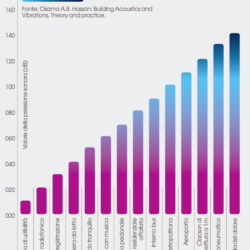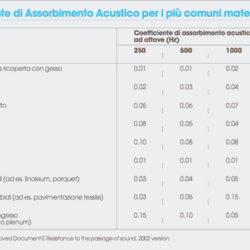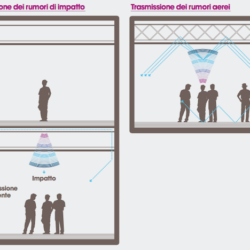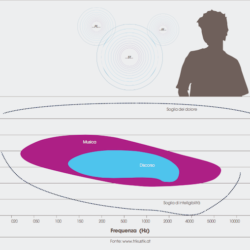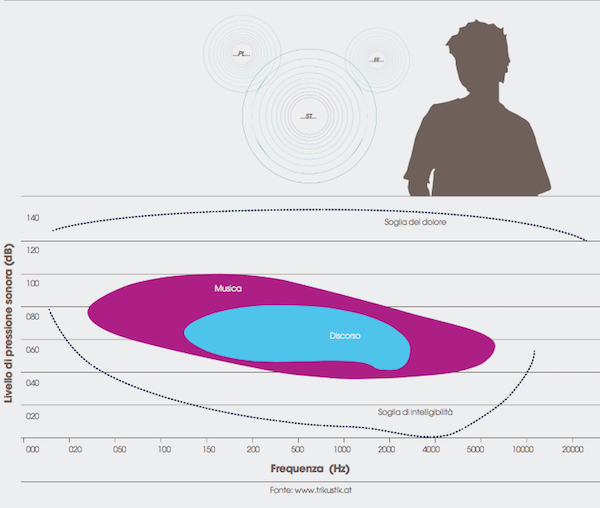
The choice of the textile floor is always determined by different reasons as the design, the functionality, the sustainability, the prize and the service. In order to evaluate precisely the performances we have to consider other characteristics such as the sound absorption function. Interface has presented some fundamental advices in the manual Just The Facts.
Think about an open space office: the heating, ventilation and air-conditioning system, low partitions, ringing phones, noisy copying machines and a constant talking in the background.
All these sounds, directly transmitted and reflected by the surfaces can create an unbearable noise level.
Especially in this kind of workspaces, the use of the right sound absorption material is crucial to create a better environment.
The textile floor coverings have an important role in reducing the noise reverberation, absorbing up to 10 times more than other floorings, but the maximum of the efficiency can be reach only with the right choice.
First of all it is fundamental to clearly understand which acoustic problem you have to face, that is always different, in oder to estimate which impact a textile covering can have on it: is it necessary either to improve the intelligibility of the speech, as in a boardroom, or to increase the sound absorption in order to give a better sense of privacy, as in an open office environment?
It is very important to “know what you a re listening to”, that is defining the peculiar sound and frequencies of the space that need to be cut out: an high sound absorption coefficient, in fact, doesn’t always guarantee the best results, on the contrary it could be detrimental.
The human hearing is more sensitive to medium and high frequency noises: absorbing too many background low-frequency sounds can therefore enhance more annoying ones.
InterfaceFLOR measures the levels of sound absorption of its material using the EN ISO 354, based on international standards.
In the end it is useful to remember that even if textile floors have better results than other flooring, they can’t be enough: it is necessary to work on ceilings and walls, critical elements for a proper acoustic environment.
Text by Gabriele Masi.

